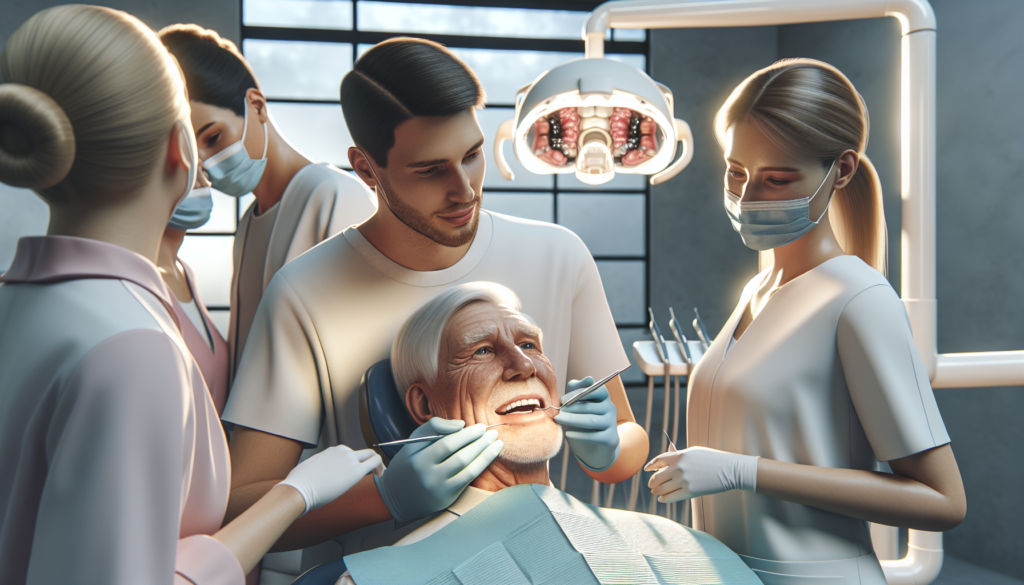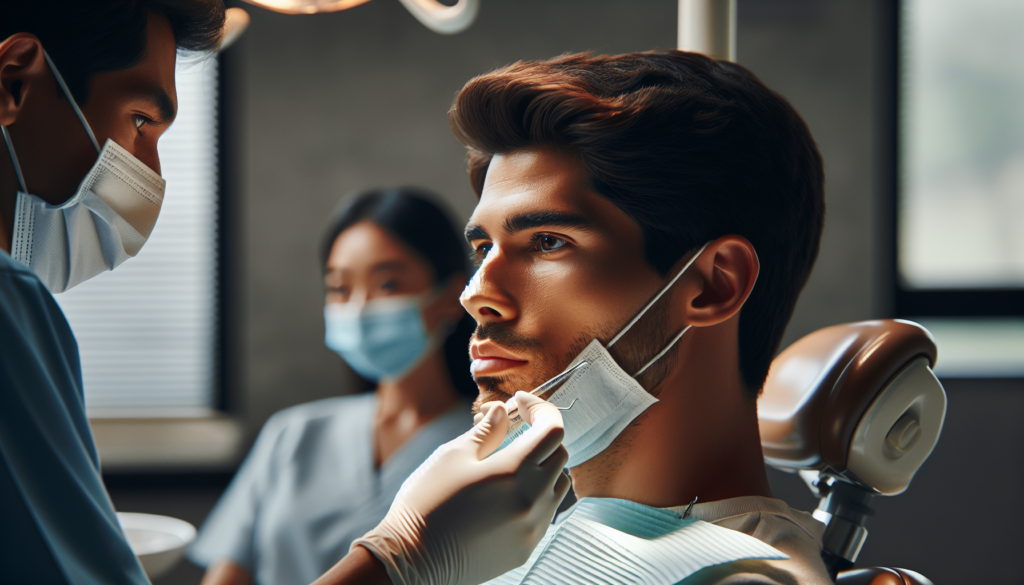Why Dental Hygiene Education Needs More Than Two Years: Elevating Skills for Modern Oral Health Care
Just like small daily habits can transform your life, consistent dental habits can create a lifetime of confident, healthy smiles. Learn more in The Habit Method.
Introduction — The Changing Landscape of Dental Hygiene Education
For decades, the traditional two-year dental hygiene program has served as the standard route into the profession. It offered an efficient path into clinical practice focused on prophylaxis, patient education, and preventive procedures. However, today’s dental hygienists face a far more complex clinical environment. Patients present with multifactorial medical conditions, advanced technologies reshape daily practice, and the connection between oral and systemic health is clearer than ever. Given these realities, dental hygiene education must evolve beyond the two-year framework to equip future professionals with the critical-thinking, leadership, and interprofessional skills needed in modern oral health care.
Educational reform is not merely an academic conversation—it is a matter of public health. To provide the highest level of patient-centered care, hygienists must have advanced training in communication, evidence-based decision-making, and emerging technologies. The shift toward extended dental hygiene programs reflects the profession’s evolution from technical delivery to holistic, collaborative patient management.
The Modern Role of the Dental Hygienist in Advanced Oral Health Care
While early dental hygiene roles emphasized cleaning and scaling, contemporary hygienists are integrated partners in comprehensive care teams. They collaborate with dentists, physicians, and allied health professionals to identify risk factors, manage chronic conditions, and support whole-body wellness. This shift means that dental hygienist responsibilities now include:
- Risk assessment and disease prevention — Monitoring periodontal and systemic health connections such as diabetes, cardiovascular disease, and pregnancy outcomes.
- Patient education and behavioral management — Empowering patients through motivational interviewing and habit-based interventions that support long-term wellness.
- Clinical and diagnostic support — Utilizing radiographs, intraoral imaging, and electronic health records (EHR) for accurate diagnosis and continuity of care.
- Public health and community outreach — Addressing oral health disparities through education, advocacy, and population-based care initiatives.
In an era where the oral cavity serves as a window to overall health, dental hygienists are essential in detecting early signs of disease and promoting prevention across the lifespan.
Why Two Years Are No Longer Enough for Dental Hygiene Training
Two-year associate programs historically prepared hygienists to enter general dental practice quickly, which served community needs when treatment modalities were straightforward. However, the 21st century brought significant changes that demand deeper education. The expanding dental hygiene curriculum must account for:
- Complex patient populations — With aging demographics, chronic diseases, and polypharmacy rising, hygienists encounter medically compromised patients who require sophisticated care planning.
- Emerging technologies — Digital imaging, CAD/CAM systems, and laser therapy require advanced training for safe, efficient integration into practice.
- Evidence-based practice — Clinicians must critically evaluate new research and translate scientific findings into daily care. This requires competencies in critical thinking, research literacy, and data interpretation.
According to the American Dental Hygienists’ Association, expanding education to the baccalaureate or graduate level supports more comprehensive skill development and aligns dental hygiene with other healthcare professions such as nursing and physical therapy, where bachelor’s or master’s degrees are common entry points into practice. — ADHA, 2023
The Benefits of Expanding Dental Hygiene Education Programs
Extending dental hygiene education beyond two years offers long-term benefits for both providers and patients. Research indicates that dental hygienists with advanced degrees demonstrate improved patient outcomes, greater use of evidence-based protocols, and increased confidence in clinical judgment.
- Enhanced patient safety and accuracy — Additional coursework in pharmacology, pathology, and radiographic interpretation enhances diagnostic capability and reduces medical errors.
- Career adaptability — Graduates of advanced programs are prepared for roles in research, corporate consulting, public health, and dental education.
- Professional growth and leadership — Degree completion programs promote advocacy, management, and communication skills essential for leadership in healthcare reform.
- Consistency with healthcare standards — Most allied health programs now require four years or more to achieve professional entry-level competence; dental hygiene should mirror this evolution.
Expanding the benefits of dental hygiene education goes beyond individual success—it elevates the credibility and influence of the entire profession.
Integrating Technology, Research, and Interprofessional Collaboration in Education
Today’s advanced dental hygiene programs blend theory with practice, emphasizing digital literacy, scientific inquiry, and collaboration. Dental technology education prepares future hygienists to operate advanced imaging, manage data in EHR systems, and understand bioinformatics relevant to prevention and diagnosis.
Moreover, interprofessional collaboration fosters strong patient outcomes. Working alongside physicians, nutritionists, and pharmacists allows dental hygienists to address oral-systemic relationships holistically. For example, periodontal inflammation is now understood as a modifiable risk factor in cardiovascular disease, underscoring the importance of team-based care. — Journal of Dental Research, 2022
Educational programs that emphasize interprofessional collaboration in dental hygiene therefore equip students to communicate effectively, share patient data securely, and coordinate treatments across disciplines—hallmarks of contemporary healthcare practice.
How Extended Dental Hygiene Programs Strengthen the Future Workforce
Investing in an extended dental hygiene program means investing in the sustainability and excellence of the profession itself. Longer educational pathways build a resilient workforce capable of addressing both clinical and systemic challenges.
- Leadership and advocacy — Graduates with advanced degrees often assume roles in policy reform, community health administration, and professional associations, influencing public health legislation and education standards.
- Access and equity — Educated professionals drive initiatives to improve oral healthcare access in underserved areas, particularly in rural or low-income communities.
- Innovation and lifelong learning — Scholars trained in healthcare research continue generating new knowledge, promoting evidence-based protocols for the future of dental hygiene.
Investing in continuous education also inspires gratitude and professional pride—two essential motivators in a career dedicated to improving people’s health and confidence every day.
Conclusion — Investing in Education for Better Public Health Outcomes
The evolution of dentistry requires a parallel progression in education. By extending the length and scope of dental hygiene programs, we create practitioners who are not only technically proficient but also adaptive, analytical, and compassionate. This transformation benefits patients, practices, and communities alike.
As oral-systemic science expands, dental hygienists are uniquely positioned to lead the next wave of integrated healthcare. Education is not a barrier—it is the foundation of better care, stronger professional identity, and improved public trust.
To continue cultivating positive daily habits that shape long-term health outcomes, explore how consistent actions lead to growth in The Habit Method.
Frequently Asked Questions
1. Why is the traditional two-year dental hygiene program considered outdated?
Modern oral health care involves complex medical conditions, advanced technology, and interdisciplinary collaboration that exceed the training scope of two-year programs. Extended education ensures readiness for these evolving responsibilities.
2. What advantages do advanced dental hygiene degrees offer?
Advanced degrees prepare hygienists for leadership, education, and research roles, providing greater career flexibility and equipping them to improve patient outcomes through evidence-based practice.
3. How does technology influence current dental hygiene education?
Digital imaging, electronic records, and laser therapy demand technical competency and critical analysis. Integrating technology into the curriculum ensures safer, more efficient clinical care.
4. Are there international standards for dental hygiene education?
Many countries, such as Canada and parts of Europe, already require bachelor’s-level education for dental hygienists, aligning the profession with other health sciences and promoting global consistency in patient care standards.
5. How can advanced dental hygiene programs improve public health?
By emphasizing prevention, community outreach, and interprofessional practice, extended programs produce hygienists who can address disparities, provide education, and advocate for oral health equity at the population level.
Sources: American Dental Hygienists’ Association (2023); Journal of Dental Research (2022); U.S. Bureau of Labor Statistics (2024)
Post Disclaimer
DentalUp is for educational purposes only and cannot accept personal dental information such as x-rays, photos, or treatment details. See full disclaimer here.





